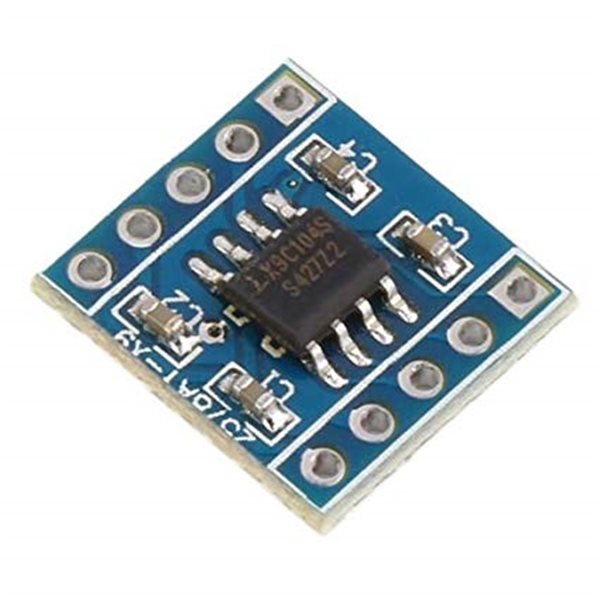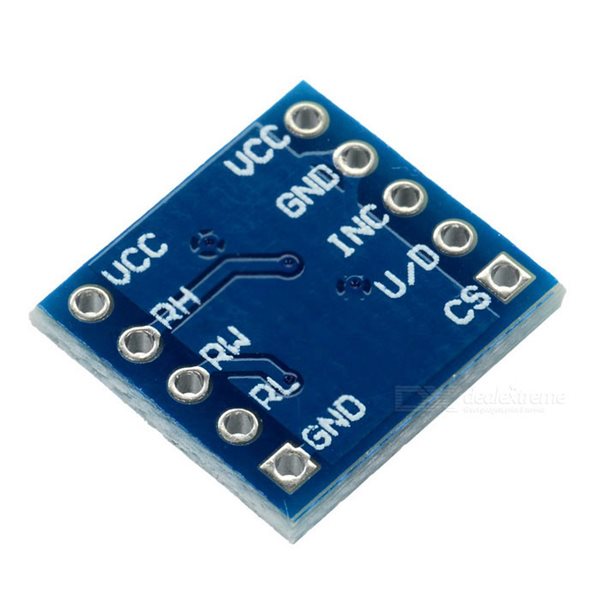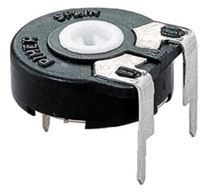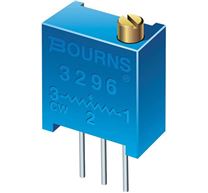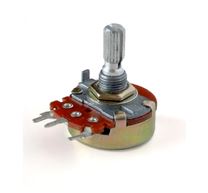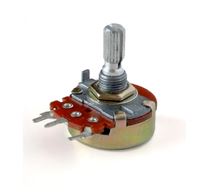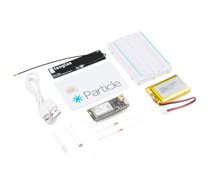X9C104 100k Digital Potentiometer Module
Description:
Overview
The X9C104 digital potentiometer module helps you simulate the mechanical control of a potentiometer. The integrated circuit contains 99 series-related resistors. With a microcontroller, you can control the module and select the place where the center pin of the "potentiometer" is connected, anywhere in the 100 points available (at the ends of the group or between the resistors).
The X9C104 potentiometer consists of inserting a hundred resistors with a 1K ohm value. With the pins we can select the number of resistors we want, so we can digitally vary the resistance of the potentiometer. The device dissipates a power of 10 mW and supports resistors with a maximum current of 4.4 mA.
This module has varied applications, can be used as resistive divider, variable resistance, these are used in different schemes with operational amplifiers or other analog circuits.
Specifications
- Logic supply voltage: 5 V
- Supply voltage resistors: ± 5 V
- Maximum current resistance: 4.4 m
- Power dissipation: 10 mW
- Resistance: 100 k
- Resistance accuracy: 20%.
Pins:
• VCC - 5V supply
• INC - changes the number of resistors in series, corresponding to variable terminal mechanical potentiometer. INC fronts negative terminal detects signals. To increment or decrement must alternate signal INC (toggle) direction of the terminal variable is given by U / D;
• U / D - control the direction of travel of the terminal variable (Up / Down)
• RH / RL - equivalent terminals are fixed terminals of a mechanical potentiometer. If potentiometer X9C104 between them will be a constant resistance of 100 delivery. If you need another order of magnitude for this resistance potentiometer can use another family X9C as 102, 103 or 503;
• RW - equivalent terminal variable terminal mechanical potentiometer;
• CS - chip select - to activate / deactivate the module;
The device dissipates a power of 10 mW and supports resistors with a maximum current of 4.4 mA. Be careful not to design a circuit in which this current exceeds this maximum, otherwise you may burn the potentiometer. Most of the times, potentiometers are used to generate variable reference voltages and there is no need for significant power consumption, so the maximum current limit of 4.4 mA is sufficient. You can read more specifications in the device datasheet.
These digital potentiometers are used in the industrial field. For example, analog signals generated by various sensors have to be calibrated using Wheatstone bridges made up of variable resistors. Using digital potentiometers and microcontrollers, signal self calibration systems can be implemented. You can use the X9C104 module to build a software controlled voltage source or a variable amplifier amplifier controlled by the Arduino plate.
For more details on the control mode, see the enclosed datasheet.
Documents:
Related Products
subscribe to our weekly newsletter


